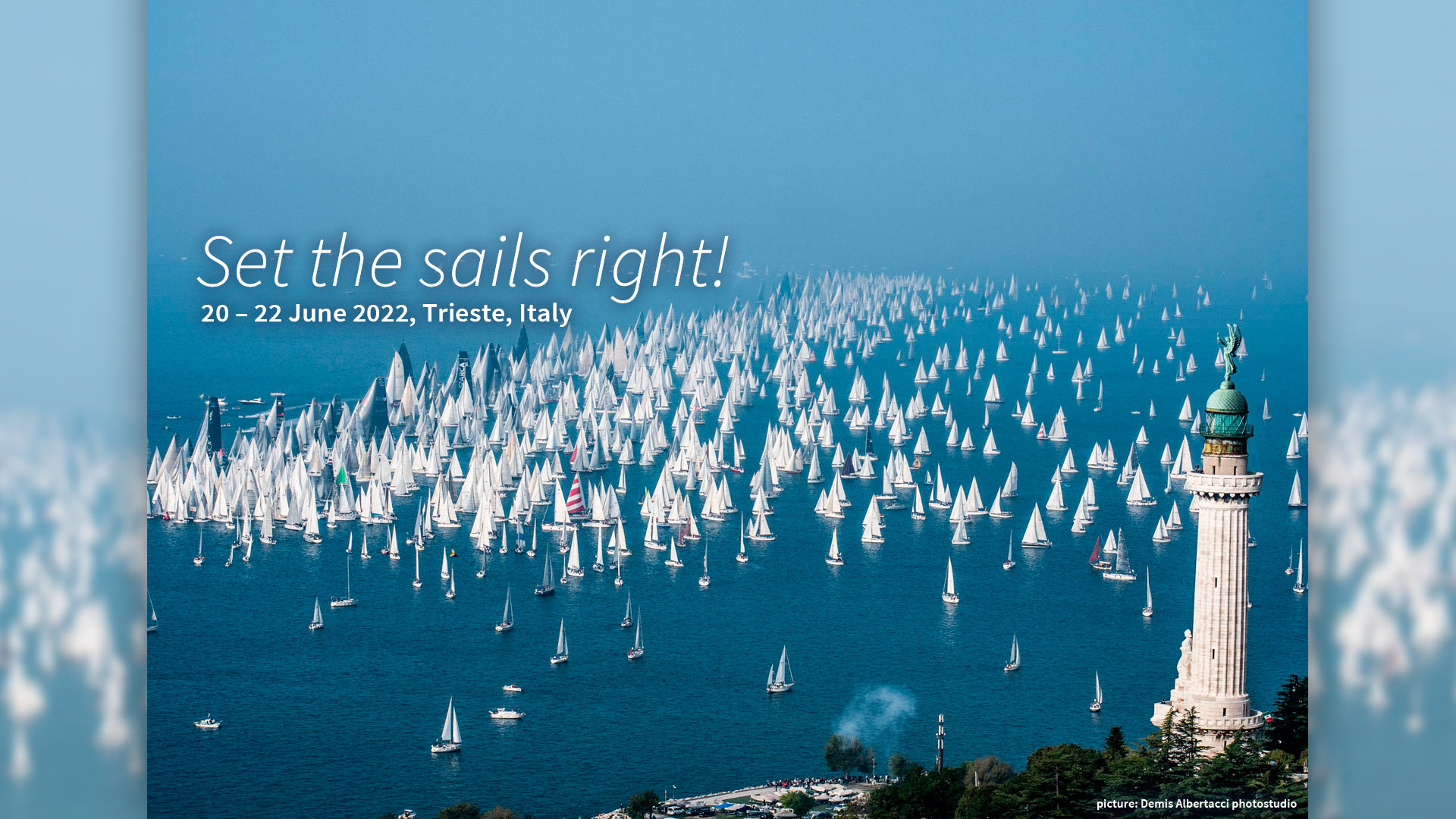International Connectivity: European Data-Gateway Platforms and the Global Gateway
21 Jun 2022 16:30h - 17:30h
Event report
Strengthening autonomy and promoting interconnectivity are not at odds. The European Global Gateway and Data Gateway will reinforce safety and resilience within European networks by collaborating with providers of hard and soft technologies. At the same time, the strategies will connect Europe with partners worldwide who share the vision of a human-centric digital transformation.
Several recent EU policy documents have emphasised the importance of digital sovereignty and autonomy. In this context, Mr Tomas Lamanauskas (Managing Partner of Envision Associates), moderator of the session, asked what digital sovereignty means and if it would be at odds with the notion of enhanced connectivity that inspires the Global Gateway.
Sovereignty is not about ostracism, as Ms Delphine Bernet-Travert (IRG Secretary General) reminded the audience. The goal is not to build a fortress around Europe. Sovereignty entails freedom to choose a digital path that supports human-centric values and to share this path with like-minded partners across the world. The global gateway is a sovereignty-enhancing and partnership-enabling framework. Mr Valter Nordh (NORDUnet CEO) agreed that ‘fortress’ is a bad analogy, which depicts Europe as an island. He mentioned that collaboration is vital for the academic community, which needs to communicate with others regardless of where they are located.
Mr Filipe Batista (Foreign Affairs and Development Office Director, ANACOM, Portugal) made an important distinction between being protective and being protectionist. While Europe wishes to build safe, resilient, and redundant networks, the notion of open markets remains at the base of the European foundation. Batista highlighted the importance for data to move smoothly across member states, while also emphasising the importance of connecting the EU to other regions as a precondition for Europe to become a world class player in the digital economy.
Ms Eka Kubusidze (Head of Communications, Information and Modern Technologies Department, Ministry of Economy and Sustainable Development of Georgia) clarified that supporting interconnectivity is fundamental to the development of Europe’s digital economy. The country is using its strategic geographic position to strengthen connectivity among different parts of Europe, affirmed Kubusidze.
Digital sovereignty and interconnectivity are not at odds with each other and the EU Global Gateway combines these two aims. Investing in EU sovereignty means strengthening an open, free, single, secure Internet within the continent, while also strengthening the link with partners that align with Europe’s ideal of a human-centric digital society, according to Mr David Ringrose (Head of Division, Connectivity and Digital Transition. European External Action Service (EEAS)). These links with partners not only translate into the deployment of infrastructure, such as submarine cables, but also mean agreeing on similar regulatory approaches at both ends of the partnership. Europe is supporting a human-centric digital transformation around the world, both by means of regulatory good practices and by making funding available for infrastructure deployment.
Batista brought into the discussion the geopolitical importance of interconnectivity. While Europe does not have enemies, it has competitors in the digital economy, notably China and the United States, countries that have their own connectivity-enabling projects. While China is deploying its digital silk road, over-the-top services in the US are investing in connectivity. He added that the goals of the Global Gateway are broader than the focus on connectivity and highlighted the importance of understanding the flow of data within Europe and away from Europe. This information should guide action in terms of infrastructure deployment, predicting future needs. Nordh agreed with the importance of data flows. Data requires not only network deployment, but also supporting legal frameworks in order to move freely, he added.
By Marilia Maciel
Related topics
Related event

